05.10.2023
Every year, there is a news article published that lists all of the cars people of a certain age remember from their youth that have now reached historic vehicle status. The significance? No more road tax.
Vehicles reach historic status when they are 40 years old, so on the 1st of January all cars made in 1984 become road tax exempt… don’t they?
In short: no.
This only applies to cars that were registered on 1st January, according to the FBHVC (Federation of British Historic Vehicle Clubs) there will also be a grace period of a few days, and these specific vehicles will become road tax exempt on 1st April 2024. However, if the vehicle was registered in February or after it becomes road tax exempt the following April. So the majority of cars that will become road tax exempt in April 2024 will be cars from 1983. It isn’t just road tax though. Historic vehicles can drive into a ULEZ (Ultra Low Emission Zone) and a CAZ (Clean Air Zone) without being charged but Congestion charges still apply. The FBHVC states that this change will not happen automatically, and you will continue to pay unless you apply or the tax exemption.
Now we’ve got the boring (but quite important) bit out of the way, which vehicles are gaining historic status in 2024?
Peugeot 205
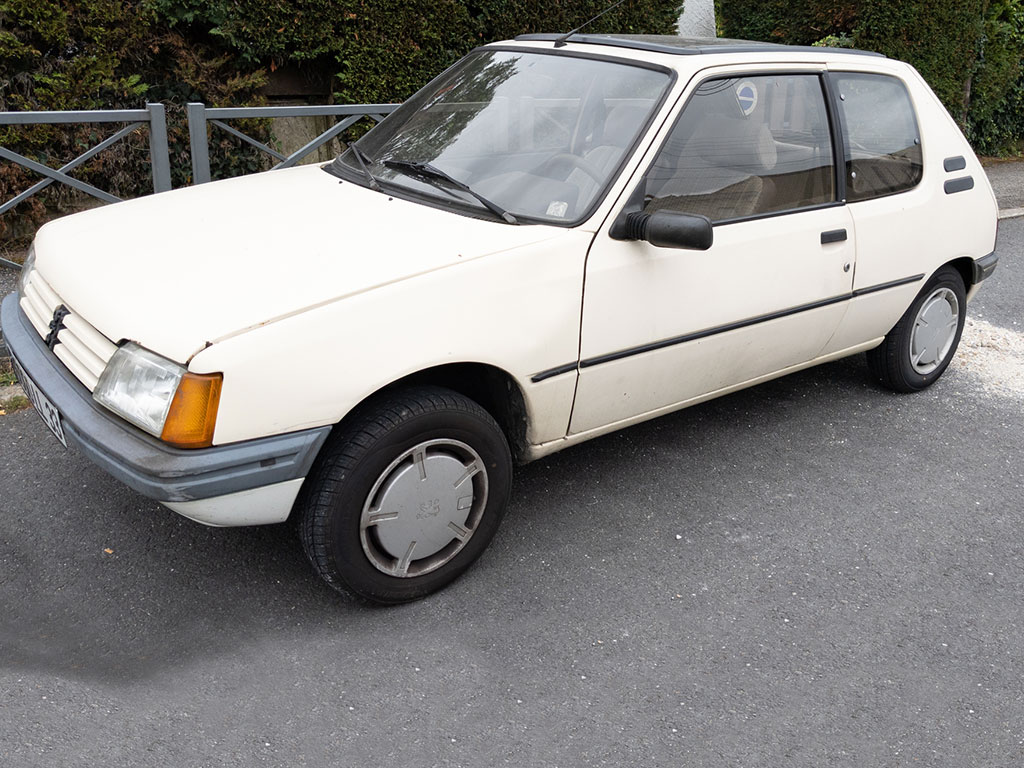
Although the most famous iteration of the 205 would not be released until the following year, the GTI, the 205 confirmed the rise of the hatchback. It had to be practical, fun to drive, cheap to run and have some kind of fun injected into it to compete with the likes of the VW Golf, second generation Renault 5 (launched in 1984) and the Fiesta Mk2.
Ford Orion
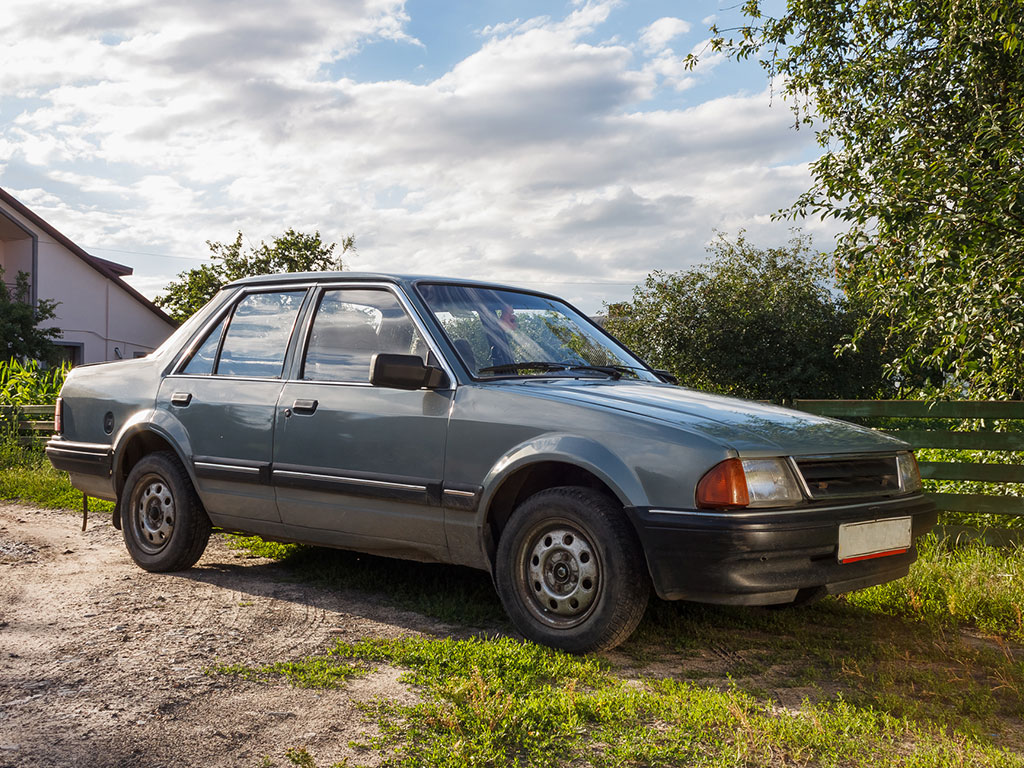
The Orion is often forgotten and overlooked due to the religious attachment to the many versions of the Ford Cortina and Escort. Designed to take on the VW Jetta and to plug the gap of a traditional saloon in the Ford model range, the blue-oval marque furnished it with many standard features to make it appealing in a modern market. The Ghia trim level had central locking, a sunroof and electric windows as standard as well as the 1.6i engine used in the Escort XR3i.
BMW M6
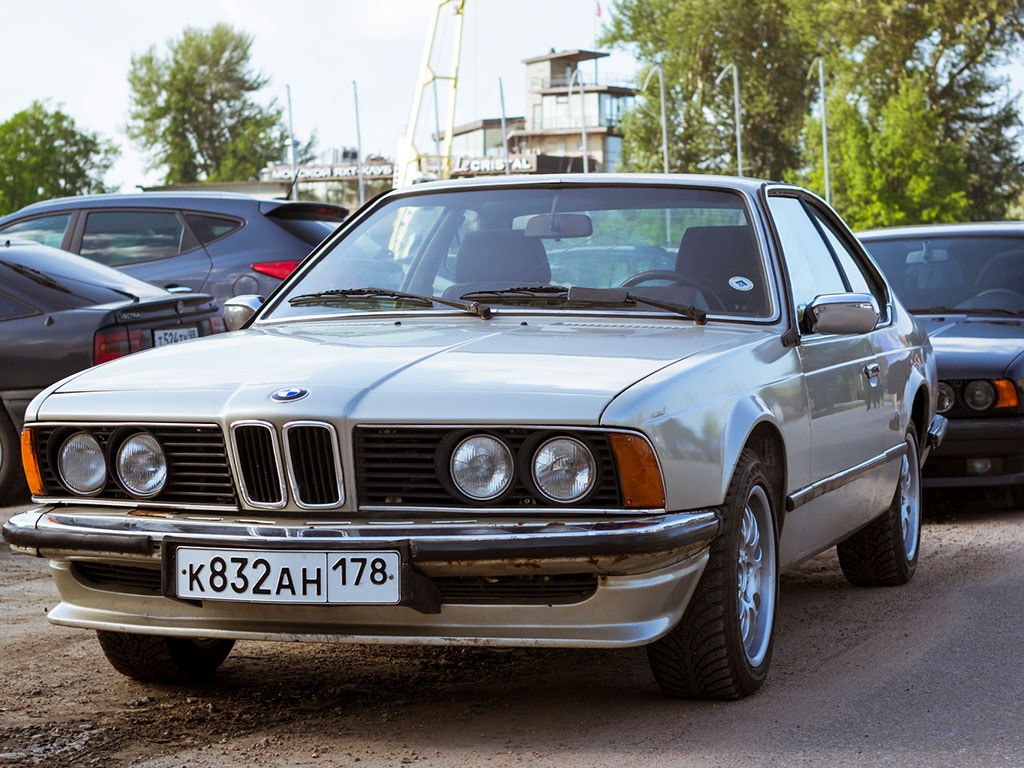
The BMW M635CSi was the third car to come from the BMW M branch after the M1 and M535i in 1978 and 1980 respectively. The low-slung wedge shape subtly differentiates it from the saloon cars of the time and the 3.5l straight-six produced 282bhp. A recipe of both style and substance.
Fiat Uno
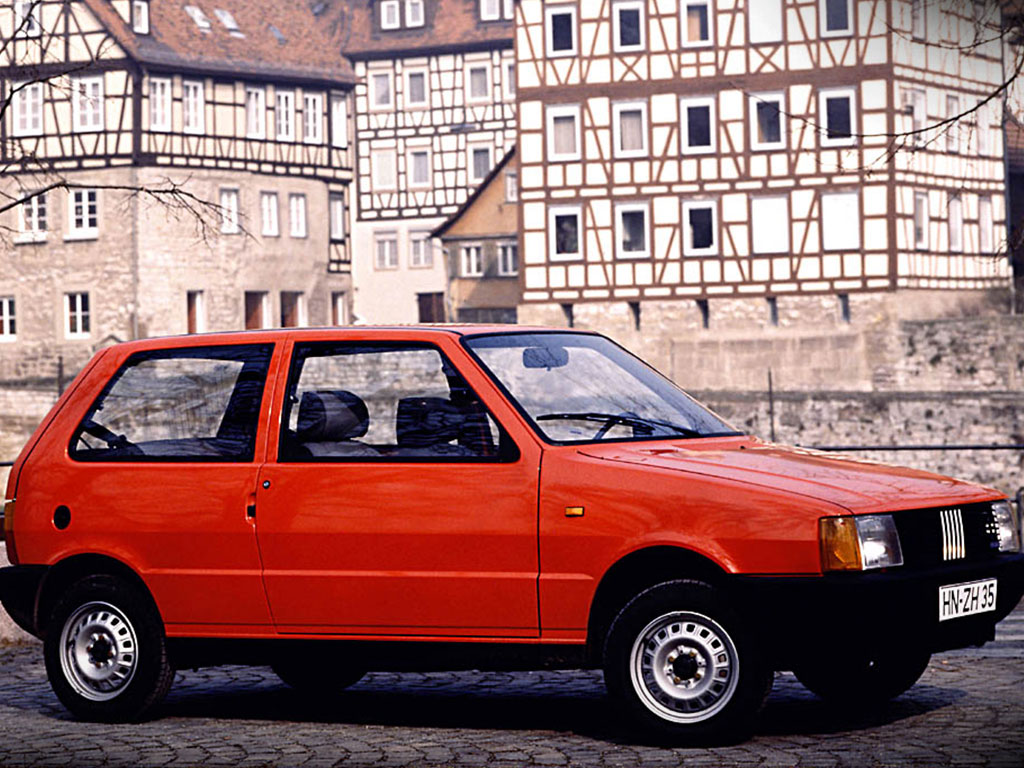
Looking for a classic to put in your pocket once you’re parked it? The Fiat Uno was crowned European Car of the Year 1984 in December 1983, just beating the Peugeot 205. The Uno was launched a month before the 205 and just after the Vauxhall Nova to complete the trio of boxy hatchbacks. Unfortunately, the Turbo i.e. didn’t arrive until 1985 so it will be a few years until that reaches historic vehicle status.
Alfa Romeo 33
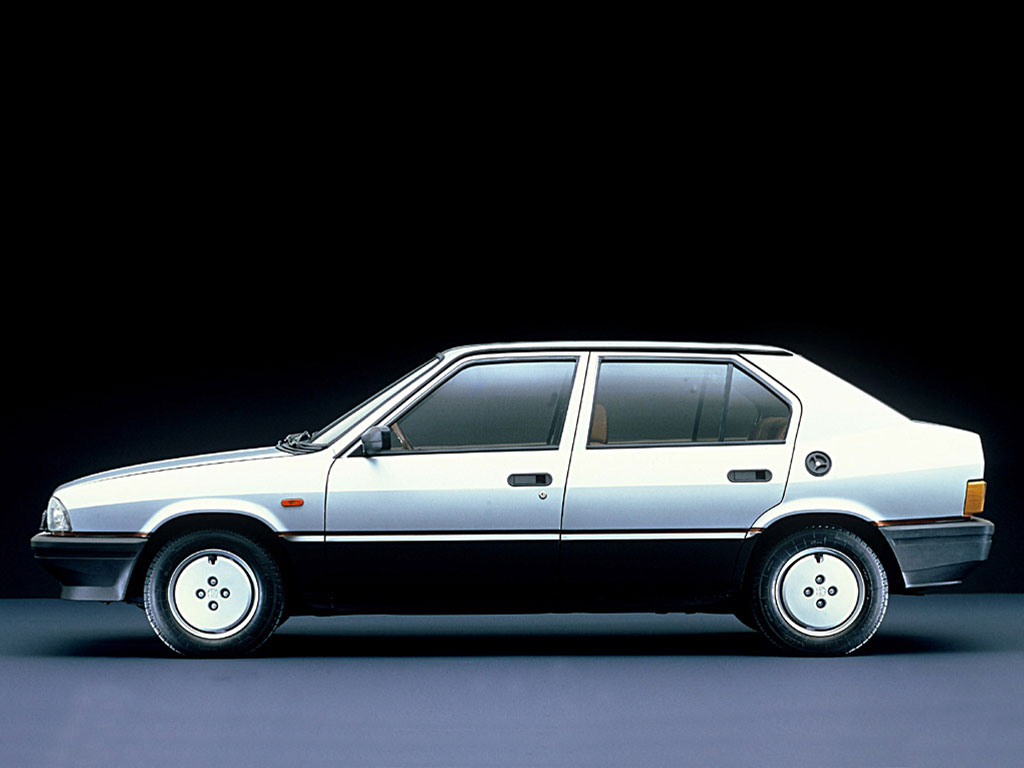
The Alfa Romeo 33 was one of the most successful Alfas of all time- as nearly 1 million cars were produced between 1983 and 1994. Although hundreds of thousands of 33s were produced, only hundreds remain due to the body being prone to rust. Alfa aimed to capture the spirit of the Alfasud and present it to families with the 33.
Renault 25
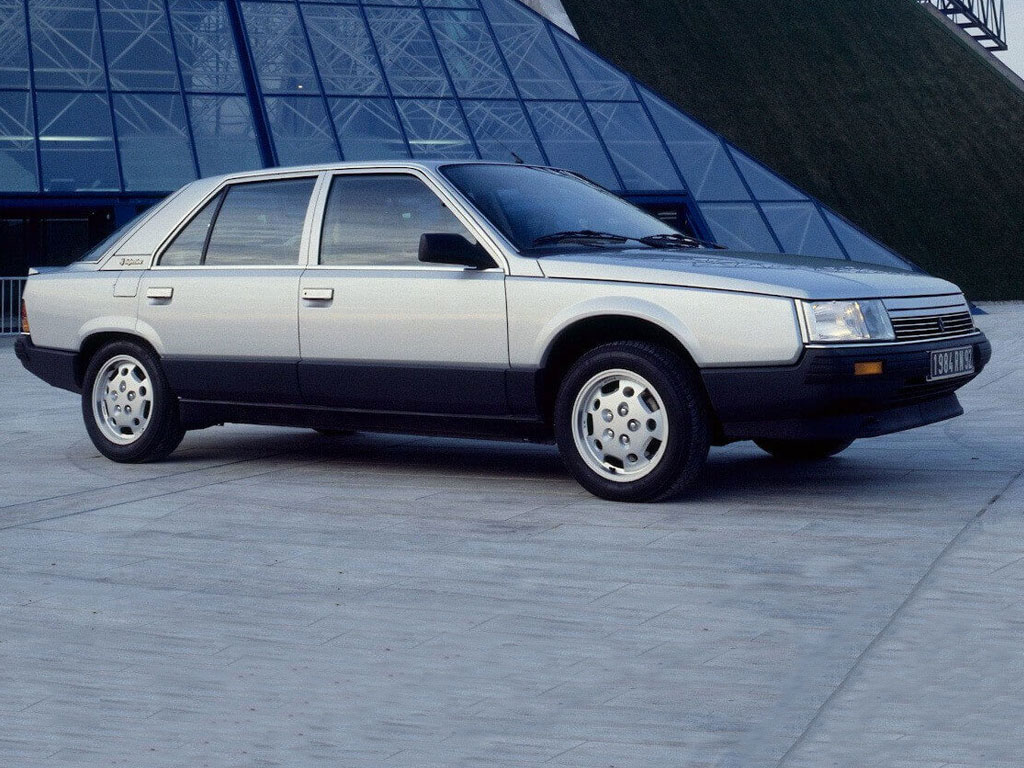
The 25 was a huge advancement for Renault on the fairly basic saloon cars that came before it. Being designed with an aerodynamic focus gave it a futuristic exterior appearance as well as superior fuel efficiency to many other competitors. It wasn’t just the styling which modernized the Renault 24, there was some innovative technology too. One of the world’s first remote stereo controls were found on the steering column of the Renault 25- an innovation that has remained in passenger cars up until the present day.
Vauxhall Nova
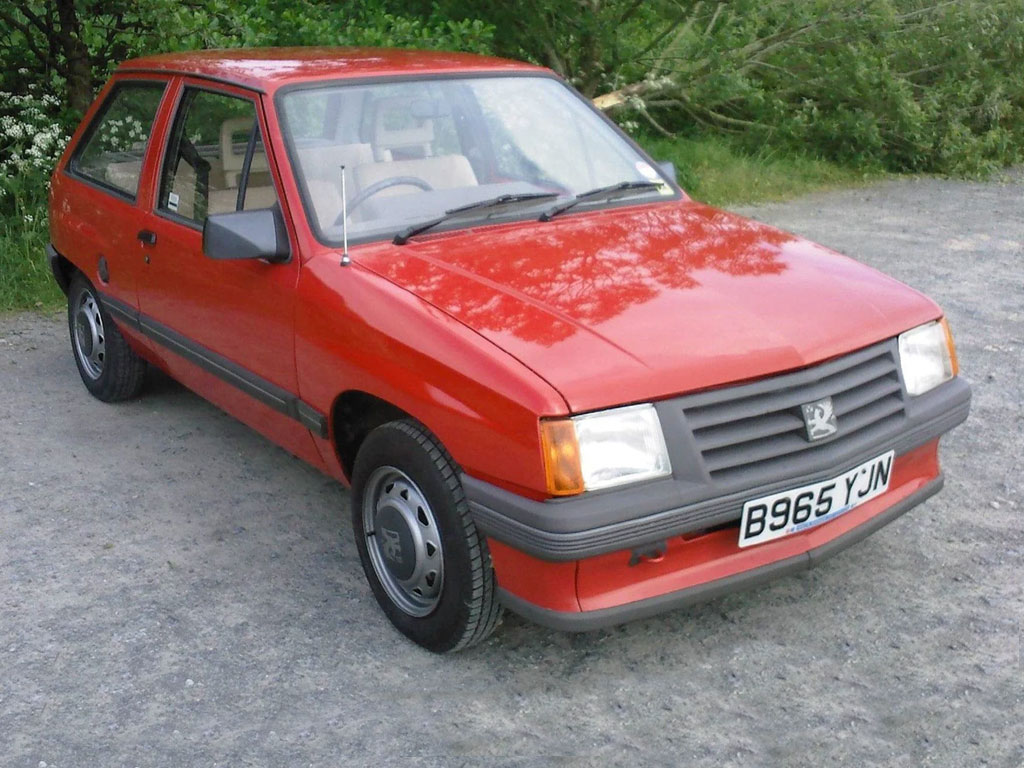
The Vauxhall Nova only held that name in the United Kingdom, as it was launched as the Opel Corsa in all other markets. The Nova was designed to replace the aging Chevette and given a new, fun-loving attitude with adverts that anthropomorphized the Nova as a puppy. A controversial decision to move all Nova production to Spain was made, which angered Vauxhall workers in the UK. Despite this, the Nova sold well and nearly half a million were sold over a 10-year period.
How can Motul help?
Research from the FBHVC estimates there will be 860,000 historic vehicle owners by 2025, which marks a near 75% increase on the 2015. In 2020 there were 1,538,927 registered historic vehicles registered in the UK and this number is expected to exceed 2,000,000 by 2025. As car preservation is seen as an important part of UK culture, using sympathetic products that have been specifically designed for historic vehicles is of paramount importance.
Ensuring high-quality lubrication is used is the best way to keep classic cars running and on the road. Understanding this need, the range of classic Motul oil was launched with that mindset and a variety of additives, brake fluid, coolant, gear oil and maintenance products.
If you would like more information or technical advice, get in touch with us!
Subscribe to Club Motul to be kept up to date with all of the latest product launches plus exclusive offers and sale previews.
© 2025 Motul
Operated by Babol Ltd